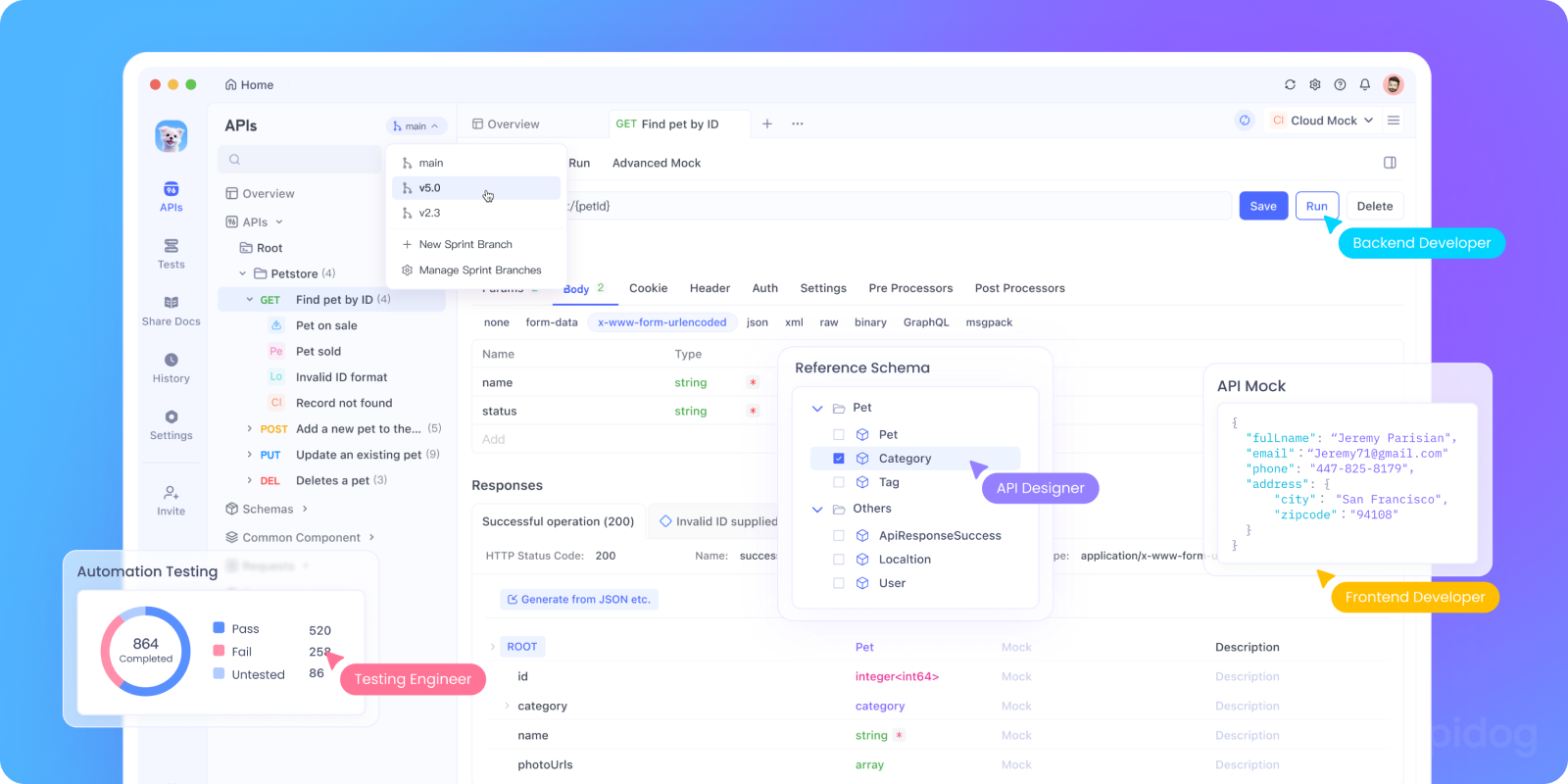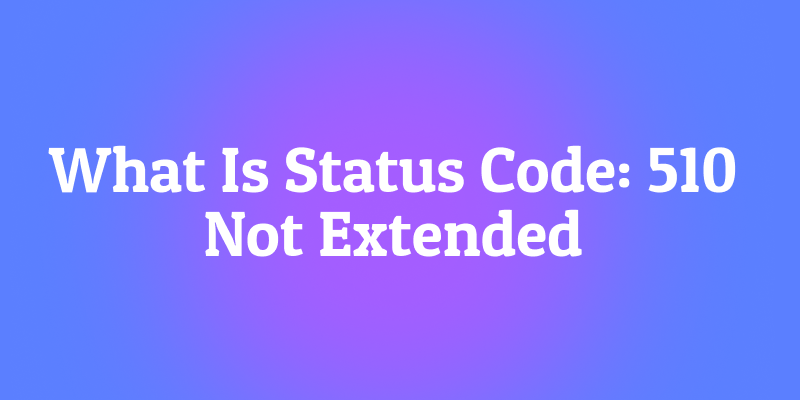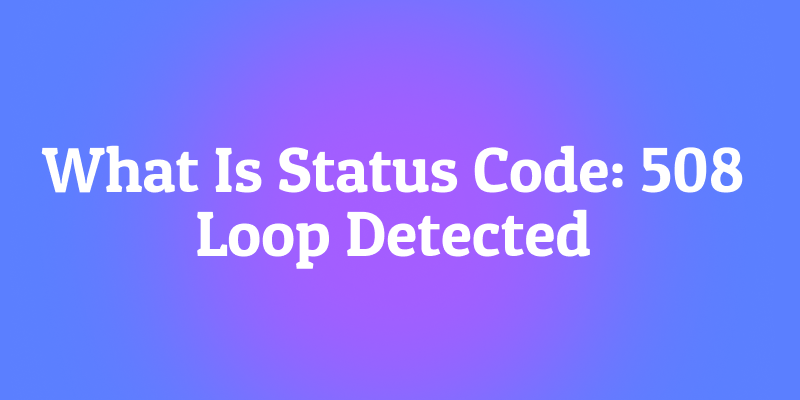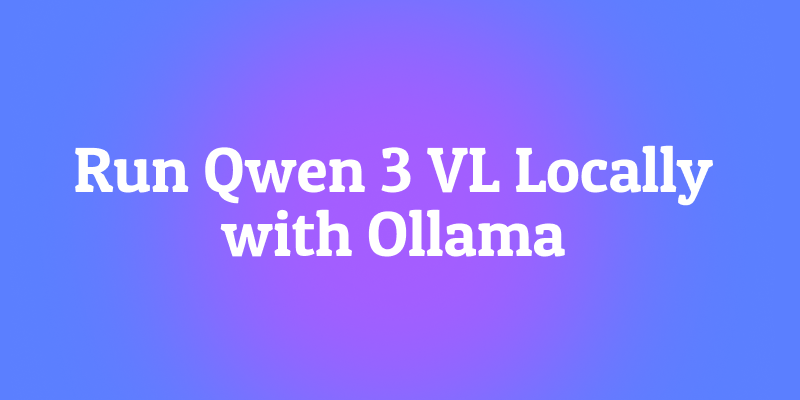Imagine you're ordering at a fancy restaurant. You ask the waiter if they can prepare a specific, complex dish with some custom modifications. The waiter goes to the kitchen, comes back, and says, "I'm sorry, but the chef says we don't support those modifications here. You'll need to order from our standard menu." This polite but firm "no" is essentially what the 510 Not Extended HTTP status code represents in the world of web communication.
The 510 is arguably one of the most obscure and rarely encountered status codes in the entire HTTP specification. It's a relic of an ambitious but largely unimplemented feature from HTTP's earlier days a feature designed to let clients and servers negotiate capabilities before even sending the main request.
If you're fascinated by the roads not taken in web protocol design, or if you simply want to complete your knowledge of HTTP status codes, the story of 510 Not Extended is a fascinating deep dive into what might have been.
Before we dig deep, if you work with APIs or web servers regularly, here’s something that can save you hours of debugging
Now, let’s get to the heart of the topic what exactly is status code 510 Not Extended, why it occurs, and how you can fix it.
The Vision of HTTP Extensions
To understand 510, we need to travel back to a time when the web was still evolving rapidly. The HTTP/1.1 specification (RFC 2616) was being developed, and its architects envisioned a web where new features could be added without breaking existing clients and servers.
They proposed a mechanism for protocol extension a way for clients and servers to agree on enhanced capabilities before exchanging the main content. This was meant to solve several problems:
- Graceful Degradation: Clients could discover what features a server supported and adjust their behavior accordingly.
- Protocol Evolution: New HTTP features could be introduced without requiring immediate, universal adoption.
- Efficiency: Clients could avoid sending large requests to servers that couldn't handle them properly.
The 510 Not Extended status code was created as part of this extension framework, specifically to handle situations where the negotiation failed.
What Does HTTP 510 Not Extended Actually Mean?
The 510 Not Extended status code indicates that the server does not support the extension(s) required by the client to fulfill the request. The server should include information in the response about which extensions are supported.
The code is specifically tied to the Expect header, which was designed as a vehicle for this extension negotiation. A client would send an Expect header stating what extensions it required, and if the server couldn't meet those requirements, it would respond with a 510.
A theoretical 510 response might have looked like this:
HTTP/1.1 510 Not ExtendedContent-Type: text/html
<html><head><title>510 Not Extended</title></head><body><center><h1>510 Not Extended</h1></center><hr><p>The server does not support the 'compressed-uploads' extension required by this request.</p><p>Supported extensions: basic-auth, chunked-transfer</p></body></html>
In plain English:
The server is telling you, “I understand your request, but you didn’t include the additional information or extensions I need to process it.”
So it’s not that the request is wrong it’s just incomplete.
Here’s how the official RFC defines it:
“The 510 (Not Extended) status code is sent in the HTTP response when the server requires further extensions to fulfill the request.”
That’s pretty much how servers feel when they send you this error.
When Does 510 Not Extended Happen?
This error isn’t as common as, say, 404 Not Found or 500 Internal Server Error. But it can show up in specific scenarios mostly involving custom HTTP extensions or advanced API gateways.
Let’s go over some real-world cases.
1. Missing Extension Headers in Requests
Some APIs or servers require specific HTTP extension headers custom pieces of metadata that define how the request should be processed.
If your request doesn’t include these headers, the server might respond with 510.
For example:
HTTP/1.1 510 Not Extended
Content-Type: text/plain
This request is not supported because required extension headers are missing.
2. Custom Authentication or Negotiation Protocols
Certain APIs use extensions for authentication or content negotiation. If a client doesn’t send the expected extension token or metadata, the server won’t know how to handle the request triggering a 510.
3. Gateway or Proxy Extensions
In complex setups where multiple gateways or proxies sit between clients and servers, a reverse proxy might expect an extension (like an X-Forwarded-* header). If it’s missing or invalid, the request fails with a 510.
4. Incomplete Client Requests
Some browsers, IoT devices, or outdated clients simply don’t support the required HTTP extensions defined by the server resulting in a 510 Not Extended.
The Mechanics: How Extension Negotiation Was Supposed to Work
Let's walk through how this extension framework was intended to function in practice.
Step 1: The Client's Extended Request
A sophisticated client wants to use a hypothetical "compressed-uploads" extension to send a large file more efficiently. It would send an initial request with an Expect header:
POST /upload-large-file HTTP/1.1Host: example.comContent-Type: application/octet-streamExpect: compressed-uploadsContent-Length: 0
Notice that the Content-Length is zero. This is a trial request the client is essentially asking, "Hey server, can you handle compressed uploads? If so, I'll send the actual compressed data."
Step 2: The Server's Response
The server now has three possible responses:
Option A: Server Supports the Extension (Responds with 100 Continue)
HTTP/1.1 100 Continue
This tells the client, "Yes, I support compressed uploads. Go ahead and send your compressed data."
Option B: Server Doesn't Support the Extension (Responds with 510 Not Extended)
HTTP/1.1 510 Not ExtendedContent-Type: text/html
<html><head><title>510 Not Extended</title></head><body><center><h1>510 Not Extended</h1></center><p>The server does not support the 'compressed-uploads' extension.</p></body></html>
This says, "No, I can't handle compressed uploads. You'll need to send the data uncompressed or not at all."
Option C: Server Immediately Processes the Request
The server could also choose to ignore the Expect header entirely and just process the request as if the extension wasn't requested.
The Technical Reason Behind 510: HTTP Extensions
To fully understand this, you need to know what HTTP Extensions are.
The HTTP Extension Framework (RFC 2774) was designed to let clients and servers negotiate extra features beyond the standard HTTP protocol. It allows requests to specify “extensions” that tell the server how to handle custom features.
Example: Using HTTP Extensions
Imagine a client wants the server to handle a request in a special way say, compressing a resource or enabling a custom authorization layer.
It might send:
GET /data HTTP/1.1
Host: example.com
Extension: Compress-Data
If the server doesn’t understand or require more extension parameters, it could respond with:
HTTP/1.1 510 Not Extended
Content-Type: text/plain
Required HTTP extensions not specified.
This tells the client, “I can process this, but you didn’t provide the extension details.”
In other words, 510 Not Extended helps ensure both sides are speaking the same “extended HTTP language.”
Why You've Never Seen a 510 in the Wild
The extension framework and its 510 status code never gained widespread adoption for several compelling reasons:
1. The "Expect: 100-continue" Hijacking
The only part of the extension framework that saw significant adoption was the Expect: 100-continue header for a very specific purpose: avoiding the "wasteful" sending of large request bodies to servers that would reject them due to authentication or other errors.
For example, a client might send:
POST /upload HTTP/1.1Host: example.comAuthorization: Bearer invalid_tokenExpect: 100-continueContent-Length: 10000000
The server would immediately respond with 401 Unauthorized rather than 100 Continue, saving the client from uploading 10MB of data only to be rejected. This specific use case became so dominant that it completely overshadowed the broader extension framework vision.
2. Complexity vs. Benefit
The extension negotiation mechanism added significant complexity to both client and server implementations. The benefit simply didn't justify the cost for most use cases. It was often simpler to either:
- Assume certain capabilities and handle errors gracefully
- Use feature detection through separate requests
- Implement versioning in APIs
3. Alternative Solutions Emerged
Other approaches proved more practical for extending HTTP:
- Headers: New functionality could often be added through new headers without breaking existing clients.
- API Versioning: REST APIs developed their own versioning strategies (URL-based, header-based).
- Content Negotiation: Existing mechanisms like
AcceptandContent-Typeheaders handled many extension scenarios adequately.
4. Lack of Critical Mass
Without widespread server support for the extension framework, clients had little incentive to implement it. Without client demand, server developers didn't prioritize it. This chicken-and-egg problem prevented the feature from gaining traction.
The Modern Equivalent: Feature Detection
While the specific 510 mechanism never took off, the underlying problem it tried to solve feature negotiation is still relevant. Modern applications handle this differently:
API Versioning:
GET /api/v2/users HTTP/1.1Host: api.example.com
If v2 doesn't exist, the server returns 404 Not Found, not 510 Not Extended.
Feature Flags:
GET /api/users?include=profile,preferences HTTP/1.1Host: api.example.com
The server includes the requested features if supported, or ignores them if not.
Capability Discovery:
Many APIs provide discovery endpoints that describe what features are available, allowing clients to adjust their behavior accordingly.
Testing APIs with Apidog

While you'll never need to test a real 510 response in production, understanding how to test similar negotiation patterns is valuable. Apidog can help you test modern equivalents of capability negotiation.
With Apidog, you can:
- Test
Expect: 100-continueBehavior: Configure Apidog to send requests with theExpect: 100-continueheader and verify that your server responds appropriately with either100 Continueor an immediate error like401 Unauthorized. - Simulate API Versioning: Test different API versions by creating multiple environments in Apidog and verifying that requests to deprecated or non-existent versions return the expected
404or400errors. - Validate Feature Detection: Test endpoints with various query parameters and headers to ensure your API gracefully handles both supported and unsupported options.
- Document Expected Behavior: Use Apidog to document how your API should respond to various capability requests, even if you're not using the formal extension framework.
Apidog's real-time debugging tools make this kind of issue obvious and fast to fix.
Why the 510 Not Extended Code Still Matters Today
Even though 510 isn’t super common, it’s part of the evolving HTTP ecosystem. As APIs grow more complex, especially with custom extensions and distributed architectures, clear communication between client and server becomes crucial.
The 510 status code is like a safeguard a polite reminder that your request needs more detail to be properly understood.
And in modern API workflows (especially those involving AI services, microservices, and custom gateways), you’ll see it pop up more often than before.
Best Practices for Handling 510 in Production
- Document extension requirements clearly: Provide API documentation that lists all required and optional extensions, including their format and examples.
- Validate requests early: Implement input validation that checks for required extensions before deeper processing.
- Offer concrete guidance in errors: Include the names of missing extensions and how to supply them in the error payload.
- Use versioned extension policies: If extensions evolve, version the policy so clients have predictable upgrade paths.
- Test extension scenarios: Include 510 cases in your test suites to ensure clients handle extension requirements gracefully.
The Legacy of 510: A Lesson in Protocol Design
The HTTP 510 Not Extended status code serves as an important lesson in protocol design and internet evolution:
- Elegance Doesn't Guarantee Adoption: The extension framework was conceptually elegant but failed to solve a pressing enough problem to justify its complexity.
- The Web Prefers Practicality: The web ecosystem tends to favor simple, practical solutions over comprehensive but complex frameworks.
- Backward Compatibility is Paramount: Any feature that requires significant changes to both clients and servers faces an uphill battle for adoption.
- Specific Solutions Often Trump General Ones: The specific
Expect: 100-continueuse case succeeded where the general extension framework failed.
Conclusion: A Beautiful Idea That Never Found Its Time
At its core, HTTP 510 Not Extended isn’t really a “server failure.” It’s a negotiation issue the client and server simply aren’t on the same page yet.
The HTTP 510 Not Extended status code is a fascinating footnote in the history of web protocols. It represents an ambitious vision for a more flexible, negotiable web a vision that, for various practical reasons, never materialized.
While you'll likely never encounter a 510 in the wild, understanding its purpose provides insight into the challenges of protocol design and the evolution of web standards. It's a reminder that not every good idea finds its place in the practical world of software development.
Once you understand what the server expects (and give it the extensions it needs), the problem usually disappears instantly.
For building the APIs and applications of today, you'll focus on status codes that people actually use and understand. And when you need to test those real-world APIs, a modern tool like Apidog provides everything you need to ensure your applications communicate effectively using the standards that actually matter in production environments.
So next time you see a 510 Not Extended, don’t panic just check your headers, tweak your request, and test it again with Apidog. Because when your API requests are crystal clear, your server responses will be too.



